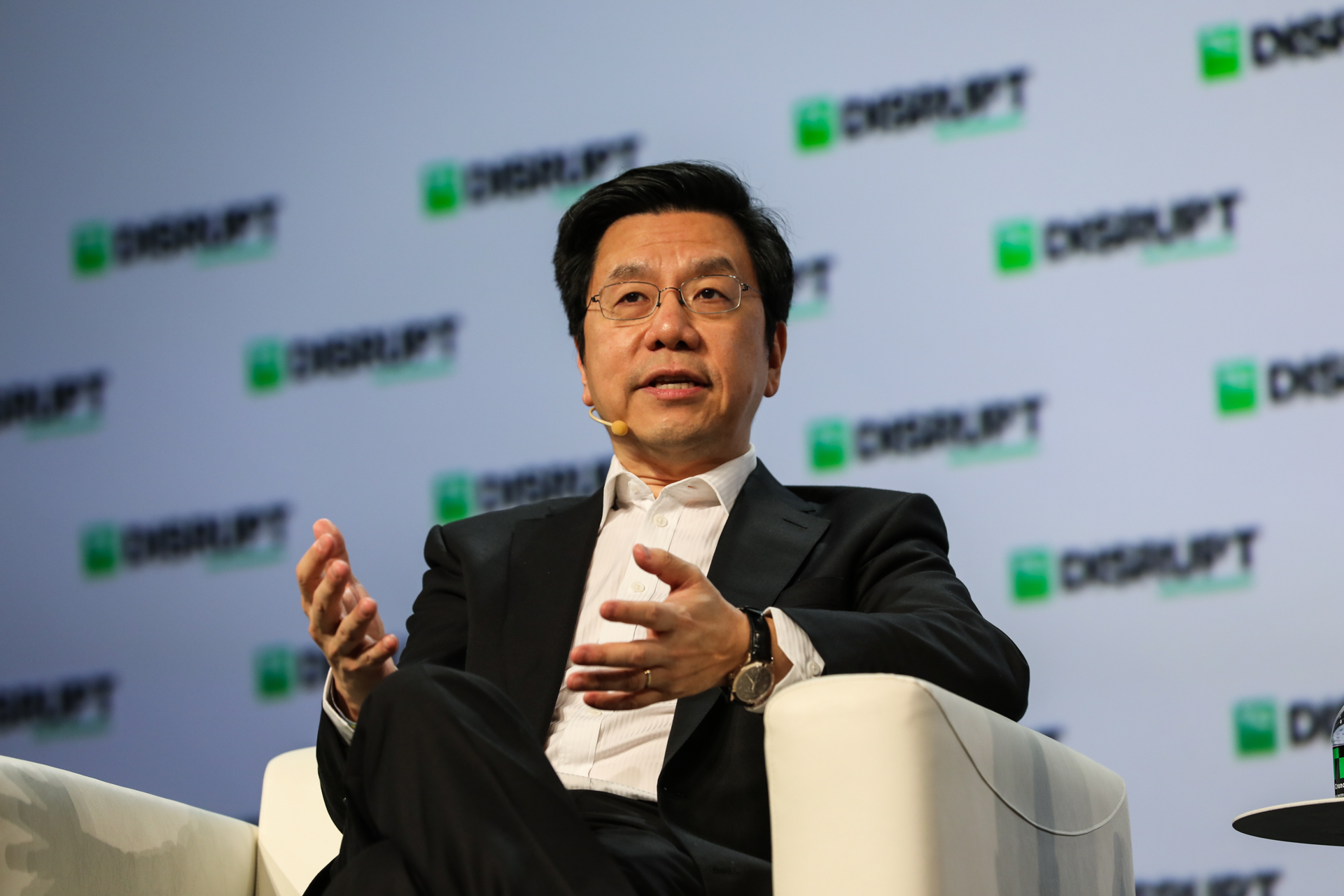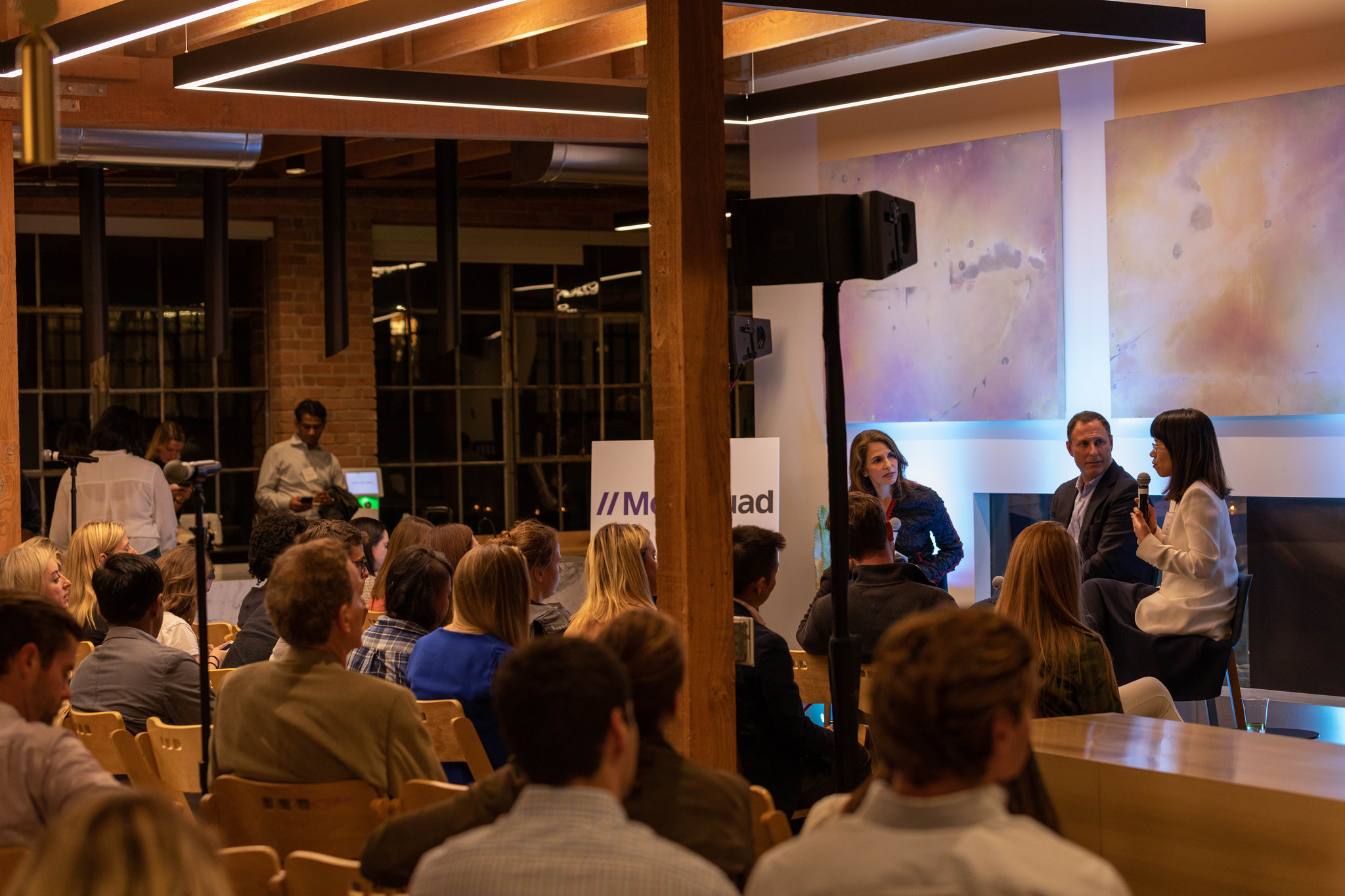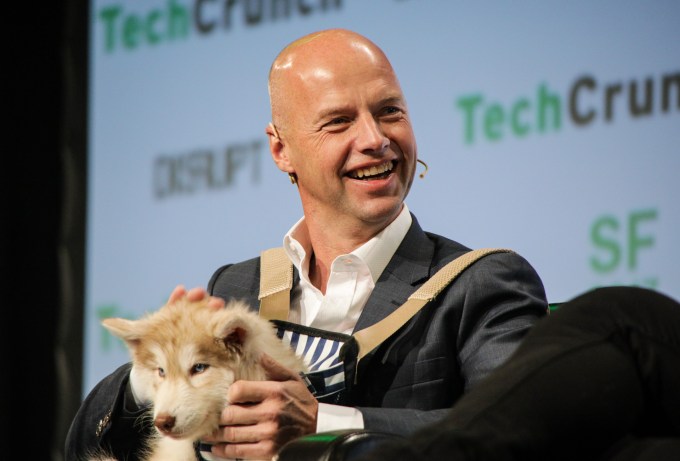Sunday, 30 September 2018
India's 'king of motorbikes' shares yoga tips for success
September 30, 2018 / by Huzaifa / in BBC News - Business, news / with No comments /
![]()
Hyderabad homes and pavements made from used plastic bags
September 30, 2018 / by Huzaifa / in BBC News - Business, news / with No comments /
![]()
The hi-tech trousers inspired by Wallace and Gromit
September 30, 2018 / by Huzaifa / in BBC News - Business, news / with No comments /
![]()
Has 'dieting' become a dirty word?
September 30, 2018 / by Huzaifa / in BBC News - Business, news / with No comments /
![]()
Why countries print money outside their borders
September 30, 2018 / by Huzaifa / in BBC News - Business, news / with No comments /
![]()
Will 5G be necessary for self-driving cars?
September 30, 2018 / by Huzaifa / in BBC News - Business, news / with No comments /
![]()
What is a 'Canada-style' trade deal?
September 30, 2018 / by Huzaifa / in BBC News - Business, news / with No comments /
![]()
Will we soon be renting rather than buying our clothes?
September 30, 2018 / by Huzaifa / in BBC News - Business, news / with No comments /
![]()
5 takeaways on the state of AI from Disrupt SF
September 30, 2018 / by Huzaifa / in news, TechCrunch / with No comments /
![]()

Everything you need to know about Facebook’s data breach affecting 50M users
September 30, 2018 / by Huzaifa / in news, TechCrunch / with No comments /
![]()
Pulling back the curtain on how SoftBank’s massive Vision Fund works — including just how big a check it can write
September 30, 2018 / by Huzaifa / in news, TechCrunch / with No comments /
![]()

Y Combinator is changing up the way it invests
September 30, 2018 / by Huzaifa / in news, TechCrunch / with No comments /
![]()
US government loses bid to force Facebook to wiretap Messenger calls
September 30, 2018 / by Huzaifa / in news, TechCrunch / with No comments /
![]()
Online education unicorn Udacity has quietly laid off 5% of staff — at least 25 people — since August
September 30, 2018 / by Huzaifa / in news, TechCrunch / with No comments /
![]()
